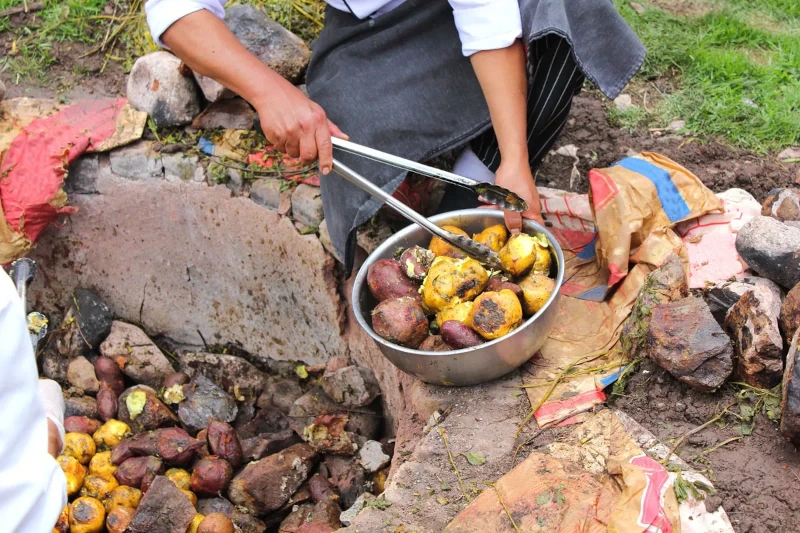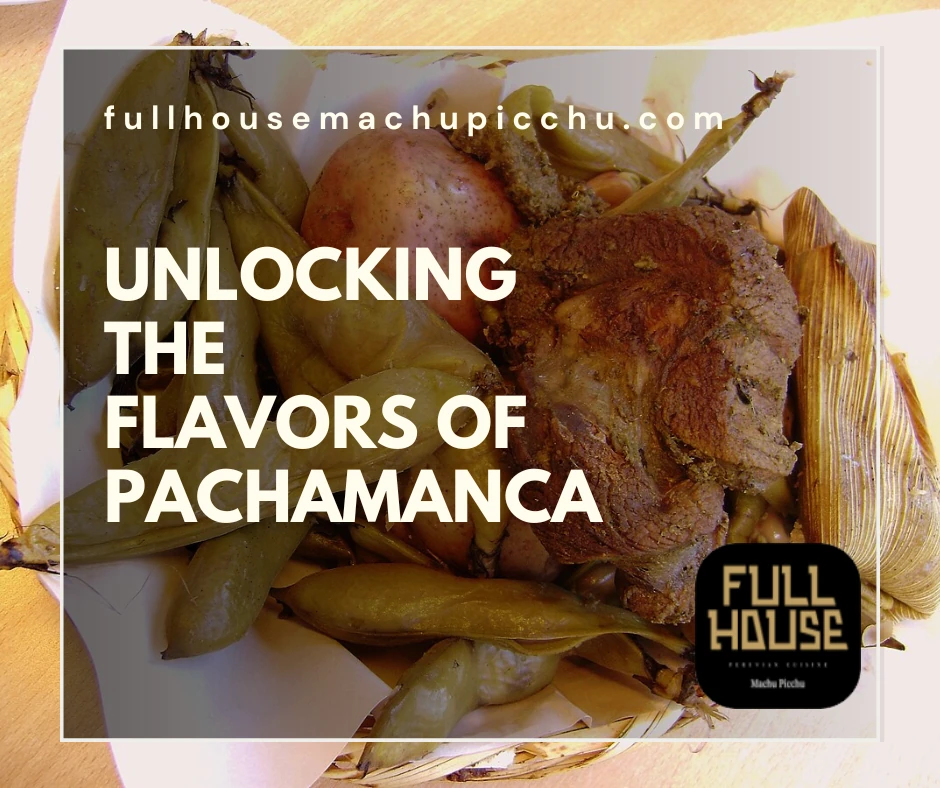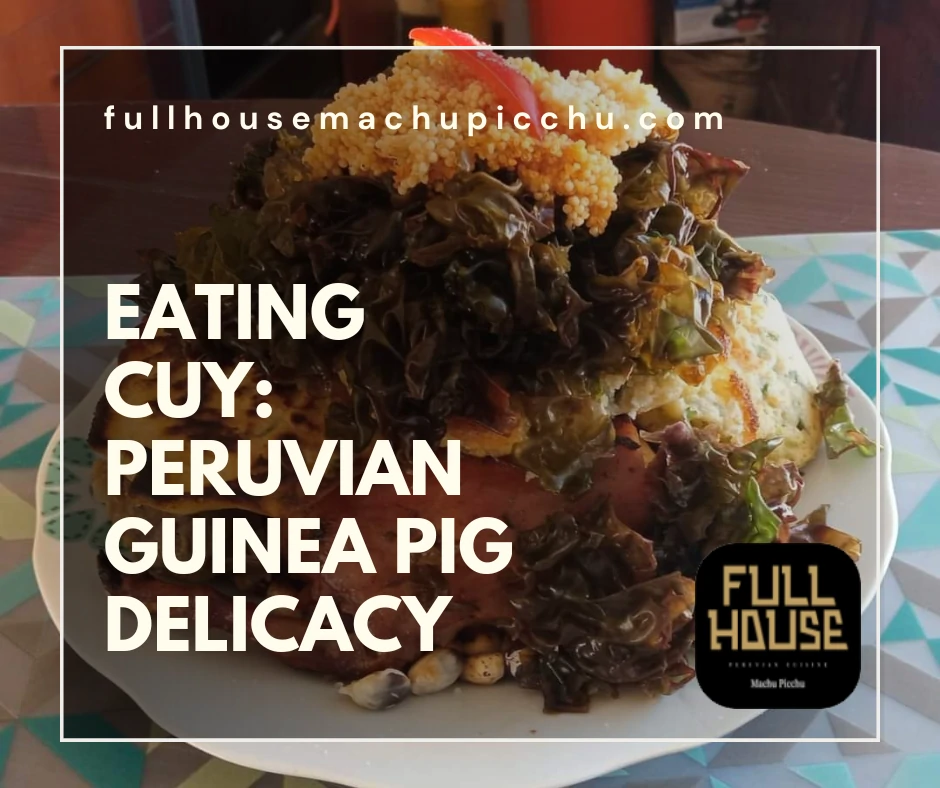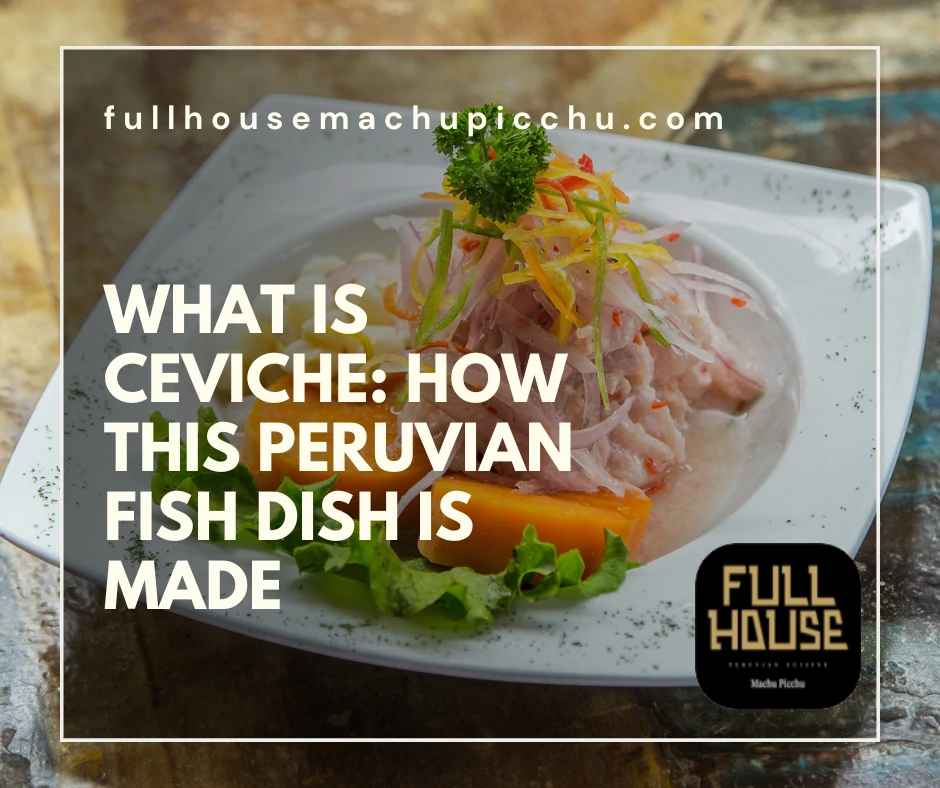In the misty valleys of the Andes, traditions have been passed down through generations, carving a unique tapestry of culture and gastronomy. Among these traditions, a culinary masterpiece stands out: Pachamanca, an ancient method of cooking that weaves together the elements of earth, air, fire, and water. This article takes you on a fascinating journey to unlock the rich, smoky, and incredibly diverse flavors of Pachamanca.
To the uninitiated, Pachamanca may just seem like a method of cooking using hot stones. But to the people of the Andes, it is much more than that – it’s a symbol of community, of harmony with nature, and a celebration of life itself. As we traverse the narrow winding paths of the high Andean plateaus and descend into the lush, green valleys, we’ll explore the heritage, the technique, and the unmistakable ingredients that make up the complex mosaic of flavors and textures unique to Andean cuisine.
Pachamanca: The heart of Andean gastronomy
Pachamanca is a testament to the richness of Andean gastronomy. Its origin traces back to the Incas, showcasing the influence of indigenous culture. It is the culinary heart of the Andes. It reflects the region’s agriculture and its deep relationship with the land.
Among Peru’s culinary regions, the Andes stands out with Pachamanca as its star dish. It’s a unique cooking method, a combination of tastes that showcases the versatility of Peru’s cuisine. The flavors of Pachamanca are distinct, representing an array of locally sourced ingredients.
The process involves cooking in a pit with heated stones. It’s not just a cooking method, but a social event. Gathering around the Pachamanca is a symbol of community and togetherness. This shows the depth of Andean tradition, where food and fellowship go hand in hand.
The flavors of Pachamanca involve a symphony of ingredients. Marinated meats like lamb, chicken, and pork are often used. Potatoes, fava beans, and corn are also integral, enhancing the overall taste profile.
The rich, earthy flavors of Pachamanca evoke a sense of the terrain. You can taste the high-altitude valleys and fertile fields in every bite. It’s a sensory experience that reflects the vibrant Andean spirit.
Indeed, Pachamanca is a gastronomic treasure. Its ingredients and cooking method portray a fascinating culinary tale. It encapsulates the influence of indigenous culture, the bounty of Peru’s culinary regions, and the unique flavors of Pachamanca.
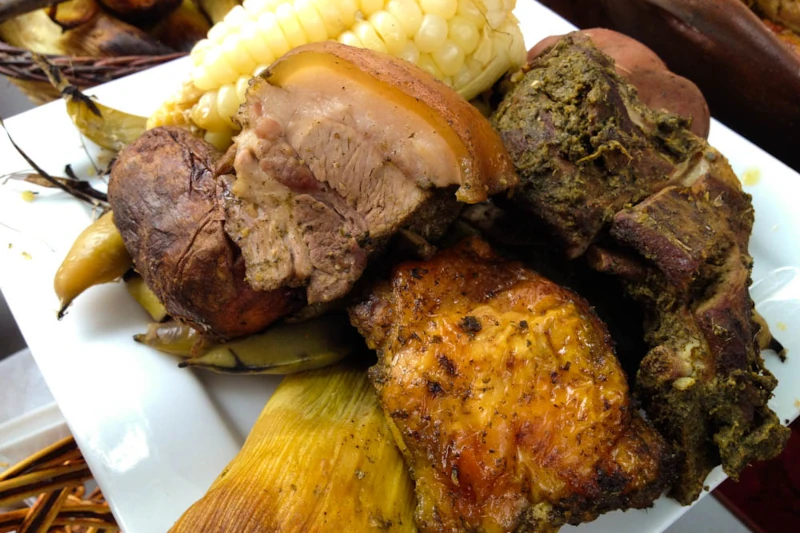
The elements and ingredients: Crafting the Pachamanca
The creation of Pachamanca is an art form, marrying the elements of nature with the bounty of the land. Its preparation is an intricate process. The distinct flavors of Pachamanca come from a unique cooking method. It’s an extraordinary dance of fire, stone, and earth.
The ritual starts with digging a hole in the earth. Heated stones are then arranged in the pit, providing a natural oven. This earth oven is crucial to the flavors of Pachamanca. It imparts an earthy essence, infusing the food with a signature smokiness.
Next come the ingredients. Pachamanca is a feast of meats and vegetables, all locally sourced. Traditional meats include pork, lamb, and guinea pig. Furthermore, the meats are marinated in local spices, adding to the flavors of Pachamanca.
No Pachamanca would be complete without Peruvian potatoes. These tubers, integral to Andean cuisine, lend a starchy, comforting element. Thus, the diversity of Peruvian potatoes adds complexity to the dish, each variety bringing something unique.
Another staple is Peruvian corn, known for its large, flavorful kernels. It contributes a slightly sweet contrast to the savory meats. Vegetables such as beans, peas, and yucca are also used. They offer additional textures and flavors, completing the Pachamanca feast.
The ingredients are wrapped in plantain leaves, then carefully layered over the stones. The pit is then sealed with earth. This slow-cooking method captures the heart and soul of the Andes. The resulting flavors of Pachamanca are a testament to the region’s culinary prowess.
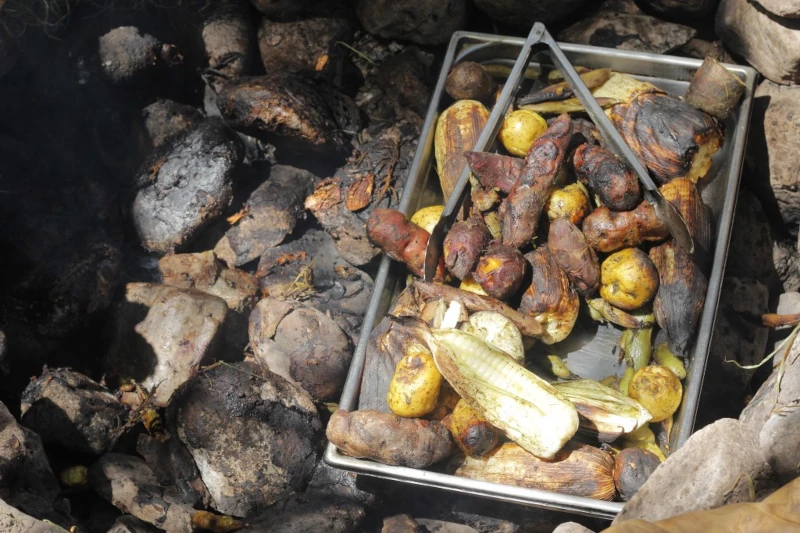
Experience Pachamanca: A unifying feast of the Andes
To truly understand the Andean spirit, one must experience a Pachamanca feast. It’s a celebration of community, tradition, and of course, flavors of Pachamanca. The feast isn’t just about the food, it’s a communal event. It brings together families, friends, and even strangers, uniting them over a shared meal.
The Pachamanca isn’t just prepared by one person. The community comes together to craft this feast. The men usually dig the pit and heat the stones. Women marinate the meats and prepare the vegetables. Thus, this communal preparation enhances the flavors of Pachamanca.
Once the food is ready, the feast begins. The earthy aroma fills the air as the pit is uncovered. The sight of the beautifully cooked food evokes anticipation. Everyone gathers around, eager to taste the flavors of Pachamanca.
Each bite is an explosion of flavors. Thus, the smoky meats, earthy potatoes, and sweet corn all contribute to the taste profile. It’s a symphony of textures and flavors, a sensory experience that’s uniquely Andean.
Beyond the flavors of Pachamanca, this feast is a gateway to the richness of Peruvian cuisine. Thus, Peru offers a plethora of other delectable dishes. Anticuchos, skewered beef hearts, are a popular street food. Lomo Saltado, a savory stir-fry, showcases the influence of Chinese immigrants. Ají de Gallina, a creamy chicken stew, reflects the Spanish influence on Peruvian cuisine.
Experiencing a Pachamanca feast is like taking a journey through Peru’s culinary landscape. It offers a taste of tradition, community, and the incredible flavors of Pachamanca. It’s an experience that leaves you with a newfound appreciation for Andean culture.
